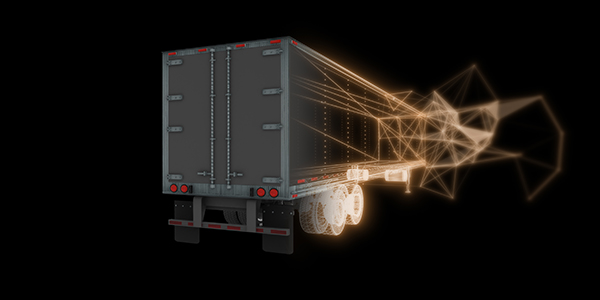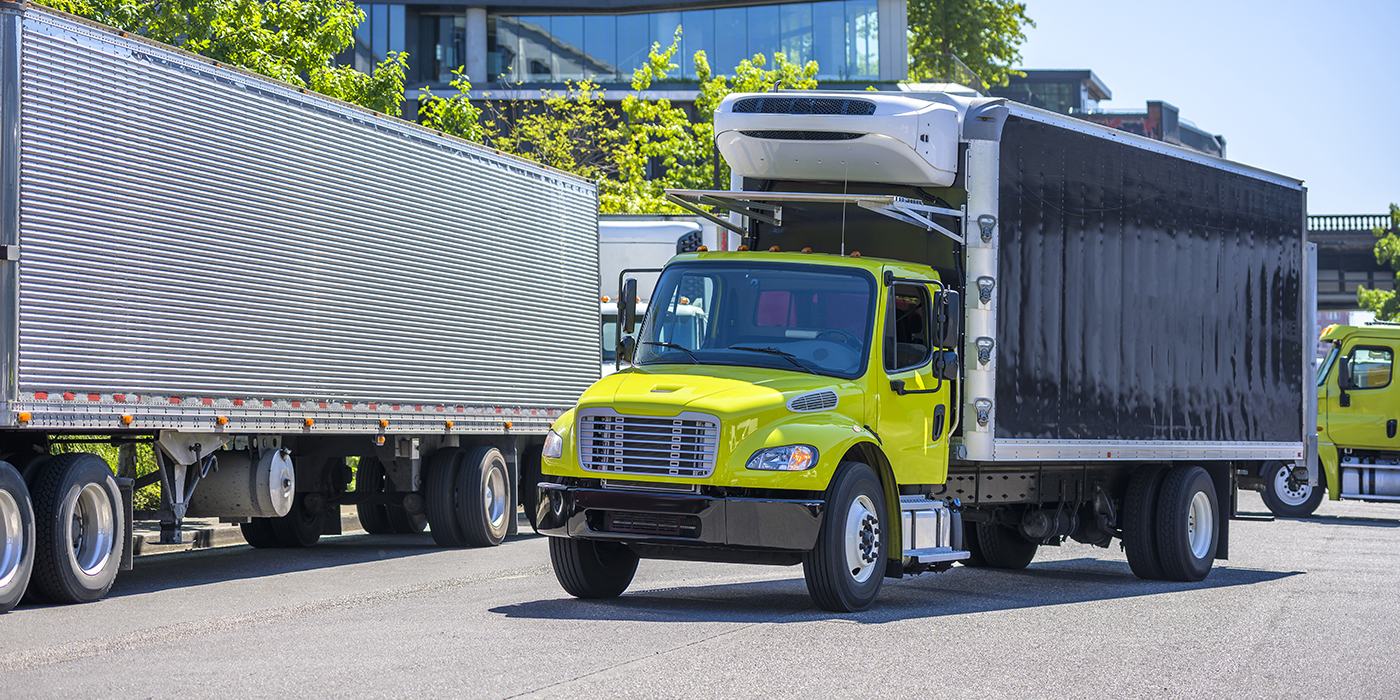Ensuring the safety of commercial vehicles is paramount in the transportation industry. With driver safety and durable equipment in mind, leading electronic equipment manufacturer ASA Electronics has implemented a meticulous and rigorous testing process for its safety systems. The testing process adheres to the DOT, SAE, and ISO industry standards, constantly updating safety systems to meet industry benchmarks. ASA has consistently designed and tested commercial vehicle electronics for decades, setting the standard for validating safety systems.
ASA Electronics’ testing procedure is comprehensive for all its products, but it places safety systems under higher scrutiny. The company’s baseline testing typically involves subjecting electronics to wide temperature ranges, conducting long-term rain simulations, performing accelerated UV tests, and exposing them to aggressive road salt conditions. However, testing safety systems undergoes a more extensive process. ASA’s engineers conduct multiple rounds of sample testing for safety equipment. They leverage their knowledge of customer applications to develop specialized tests that ensure customers use products tailored to their specific needs.
ASA’s engineers go to extreme lengths to record harsh electrical environments in many commercial vehicles. They then recreate these conditions in a controlled lab setting for future testing. Additionally, they simulate electrically noisy environments and ensure systems flawlessly operate with Pulse Width Modulated (PWM) turn signals, an industry standard. Furthermore, ASA conducts repeat power cycles, sometimes reaching up to a million cycles per product, ruling out potential long-term issues. Regarding safety systems, ASA employs even more creative methods to simulate potential failures and ensure the longevity of their product in every application.
All electronics have a potential failure rate. Simulating failures and documenting the results is common practice in electronics testing. However, recognizing the distinction between how consumer electronics fail, and safety systems fail is crucial. While a radio malfunction does not threaten a driver’s life, a safety system failure can have costly or catastrophic consequences.
Safety systems must be designed to immediately alert users when functionality is compromised or the device malfunctions. Recognizing that not all failures can be eliminated, ASA Electronics’ equipment equips drivers with the necessary tools to navigate such situations. For example, if the system stops functioning due to a shortened or open wiring while the vehicle is on the road, any impacts on the safety systems would promptly alert the user. ASA invests hundreds of hours in both lab and on-road testing, leveraging its knowledge of customer applications to ensure precisely that. Additionally, the testing is conducted with a focus on fast response times, alerting drivers to critical information in less than a second and refreshing visual systems even faster.
In summary, testing safety equipment for commercial vehicles is crucial to ensure efficient and reliable operation in real-world situations, ultimately improving the safety of drivers, passengers, and others on the road. By adhering to industry standards, leveraging customer application knowledge, and employing advanced testing tools, ASA Electronics can produce high-quality products that mitigate risks for business owners and drivers.
This article is sponsored by ASA Electronics.















